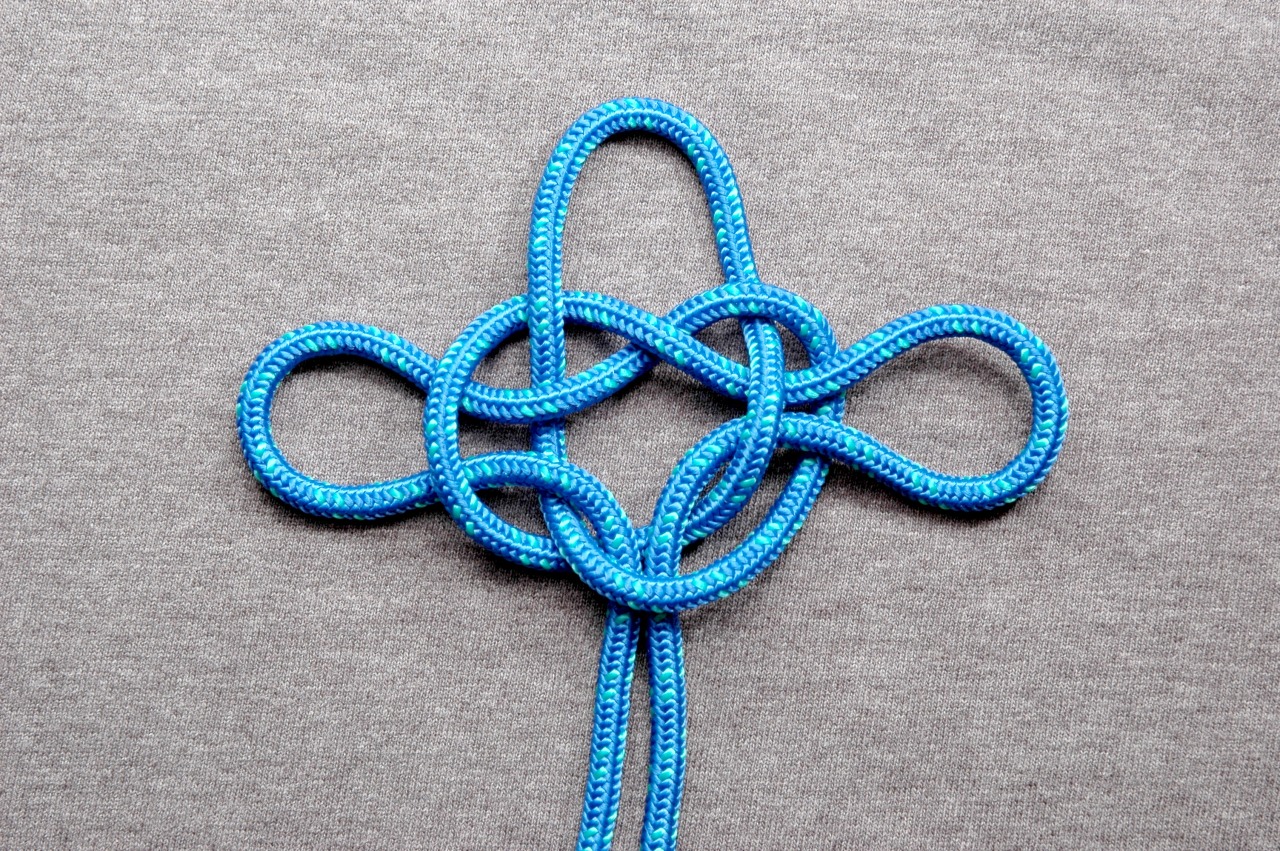michaeljonphoto: spicenwolf: Shibari Basics 5 - Knots to know: Fun and beautiful work can be accompl
michaeljonphoto: spicenwolf: Shibari Basics 5 - Knots to know: Fun and beautiful work can be accomplished with granny knots (half hitch) square knots, and simple hitches (once or twice around). These are all basic knots, and if you can tie your shoes you are halfway there. The larks head sounds exotic, but it’s just a loop in the line, critical for tying on added rope over those knots I made you tie in the ends. When comfortable with these, maybe try the Munter Hitch, and Summerville bowline, shown below.- Single knot; used to knot the ends of your shibari rope, and for many ties like the karada harness, which is built with a series of single overhand knots :- Granny knot; can be used in place of a single knot when more tension is required. They’re hard to untie when loaded with tension:- Square knot; similar to the granny knot, but easier to untie, and won’t lock down when loaded with tension. Tying a square knot is generally preferable to a granny knot, because they’re easier to untie, and just look better: - Larks head; used to add on a new rope by making a loop in the bight, and to lock off and change directions on a rope in a tie:- Munter hitch, just a reverse in directions around an existing rope, that locks the ropes in place a little better:- Somerville Bowline is a good replacement for single and double column ties, and for lines which are going to be heavily loaded, as when used for suspension. If you aren’t suspending, you may never need a somerville bowline: In addition to these knots I would recommend leaning two basic ties, the single column tie and double column tie. These are not really “knots” and are not quite harnesses, but they are the foundation of many many ties. Tying both correctly is critical, as tied correctly they will not slip back and tighten around the limbs to which they are tied. This helps ensure your rope bunny can continue to use their hands and feet. Hands and feet are good. Nerve damage and gangrene are bad. Learn these two ties, practice repeatedly, and test as you tie and retie, to ensure no slippage when you pull on the ropes. These should work even with poly ropes, but it does take a bit more care to cinch them, and the slick cover is more prone to slip. Always leave tension light enough to slip one or two fingers under the tie.- Single Column : Watch the how-to video by esinem here:- Double column : Watch the how-to video by Twisted Monk here:This is post 5 of 13 planned posts on Shibari Basics. See them all (as written) with the tag “Shibari basics.” “SpiceNWolf Links” takes you to our links page that includes a catalog of tagged shibari images. Excellent starter tutorial! -- source link
